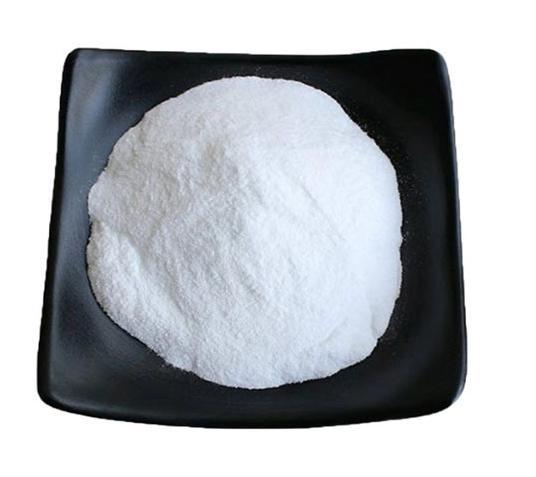Warning: Undefined array key "title" in /home/www/wwwroot/HTML/www.exportstart.com/wp-content/themes/1198/header.php on line 6
Warning: Undefined array key "file" in /home/www/wwwroot/HTML/www.exportstart.com/wp-content/themes/1198/header.php on line 7
Warning: Undefined array key "title" in /home/www/wwwroot/HTML/www.exportstart.com/wp-content/themes/1198/header.php on line 7
Warning: Undefined array key "title" in /home/www/wwwroot/HTML/www.exportstart.com/wp-content/themes/1198/header.php on line 7
- Afrikaans
- Albanian
- Amharic
- Arabic
- Armenian
- Azerbaijani
- Basque
- Belarusian
- Bengali
- Bosnian
- Bulgarian
- Catalan
- Cebuano
- China
- China (Taiwan)
- Corsican
- Croatian
- Czech
- Danish
- Dutch
- English
- Esperanto
- Estonian
- Finnish
- French
- Frisian
- Galician
- Georgian
- German
- Greek
- Gujarati
- Haitian Creole
- hausa
- hawaiian
- Hebrew
- Hindi
- Miao
- Hungarian
- Icelandic
- igbo
- Indonesian
- irish
- Italian
- Japanese
- Javanese
- Kannada
- kazakh
- Khmer
- Rwandese
- Korean
- Kurdish
- Kyrgyz
- Lao
- Latin
- Latvian
- Lithuanian
- Luxembourgish
- Macedonian
- Malgashi
- Malay
- Malayalam
- Maltese
- Maori
- Marathi
- Mongolian
- Myanmar
- Nepali
- Norwegian
- Norwegian
- Occitan
- Pashto
- Persian
- Polish
- Portuguese
- Punjabi
- Romanian
- Russian
- Samoan
- Scottish Gaelic
- Serbian
- Sesotho
- Shona
- Sindhi
- Sinhala
- Slovak
- Slovenian
- Somali
- Spanish
- Sundanese
- Swahili
- Swedish
- Tagalog
- Tajik
- Tamil
- Tatar
- Telugu
- Thai
- Turkish
- Turkmen
- Ukrainian
- Urdu
- Uighur
- Uzbek
- Vietnamese
- Welsh
- Bantu
- Yiddish
- Yoruba
- Zulu
Aug . 14, 2024 12:00 Back to list
Exploring the Versatile Applications and Benefits of Xanthan Gum in Food and Industry
The Versatile World of Xanthan Gum
Xanthan gum, a polysaccharide secreted by the bacterium *Xanthomonas campestris*, is a versatile and widely used ingredient in the food and non-food industries. Discovered in the 1960s, this naturally occurring thickening agent has gained popularity due to its unique properties and numerous applications. This article explores the various aspects of xanthan gum, including its production, benefits, and its significant role across different sectors.
Production Process
The production of xanthan gum begins with the fermentation of carbohydrates, usually derived from corn, wheat, or soy, using *Xanthomonas campestris*. After fermentation, the xanthan gum is isolated and purified through a series of processes, including precipitation with isopropyl alcohol and drying. The result is a white to light yellow powder that is highly soluble in water, forming a viscous solution even at low concentrations. This water-soluble characteristic is one of the reasons xanthan gum is so widely utilized.
Functional Properties
Xanthan gum is known for its exceptional thickening, stabilizing, and emulsifying properties. It aids in preventing the separation of ingredients in emulsions, such as salad dressings and sauces, and enhances the texture and mouthfeel of various food products. Its ability to create a stable viscosity in liquids makes it an essential ingredient in gluten-free baking, helping to imitate the texture that gluten provides in traditional bread and pastries. Additionally, xanthan gum performs well across a wide range of temperatures and pH levels, making it suitable for an array of formulations.
Health Benefits and Nutritional Aspects
From a nutritional standpoint, xanthan gum is considered safe for consumption and is recognized by various health authorities, including the Food and Drug Administration (FDA), as a Generally Recognized as Safe (GRAS) substance. It is devoid of calories, and though it is used in small amounts, helps in achieving desired textures without the calories associated with fats and sugars. Furthermore, xanthan gum has been noted for its potential health benefits, including acting as a soluble fiber, which may support digestive health and help to regulate blood sugar levels.
xanthan xanthan gum

Applications in Various Industries
The applications of xanthan gum extend beyond the food sector. In the personal care and cosmetic industries, it is utilized as a thickener in products such as lotions, shampoos, and creams, providing a smooth texture and enhancing stability. Its unique properties also find utility in pharmaceuticals, where it is used in controlled-release formulations and as a stabilizing agent in suspensions.
Moreover, xanthan gum is an essential component in oil drilling operations, functioning as a viscosifier in drilling fluids, thereby improving stability and reducing friction. It has also been adopted in the agriculture sector as a soil conditioner.
Sustainability and Future Perspectives
As consumers become more environmentally conscious, the demand for naturally derived ingredients like xanthan gum is on the rise. Its production is deemed sustainable, as it utilizes renewable resources and has a relatively low environmental impact when compared to synthetic alternatives. The future of xanthan gum appears promising, with ongoing research exploring its potential uses and applications across different industries. Innovations in biotechnological techniques may enhance its production efficiency and expand its functionalities.
Conclusion
Xanthan gum exemplifies how a simple bacterium can lead to a revolutionary ingredient that plays a critical role in modern food and non-food products. Its versatility, safety, and functional properties ensure that it will continue to be a staple in various industries. As new applications are discovered and sustainability becomes increasingly prioritized, xanthan gum is set to remain a key player in the global marketplace.
Latest news
-
Certifications for Vegetarian and Xanthan Gum Vegetarian
NewsJun.17,2025
-
Sustainability Trends Reshaping the SLES N70 Market
NewsJun.17,2025
-
Propylene Glycol Use in Vaccines: Balancing Function and Perception
NewsJun.17,2025
-
Petroleum Jelly in Skincare: Balancing Benefits and Backlash
NewsJun.17,2025
-
Energy Price Volatility and Ripple Effect on Caprolactam Markets
NewsJun.17,2025
-
Spectroscopic Techniques for Adipic Acid Molecular Weight
NewsJun.17,2025

